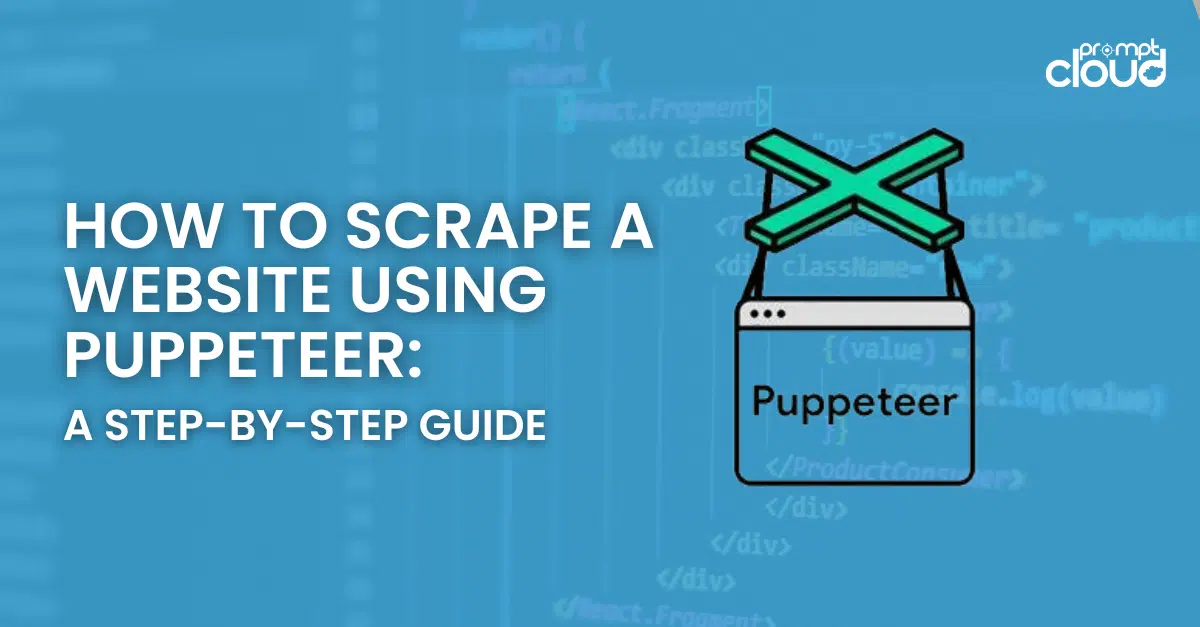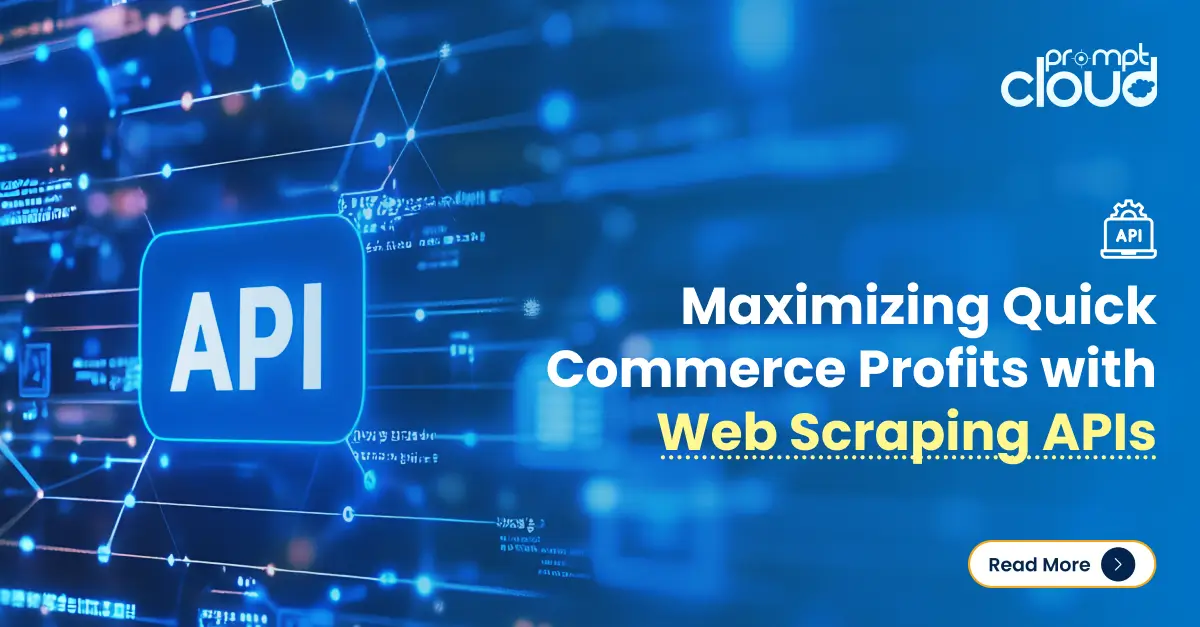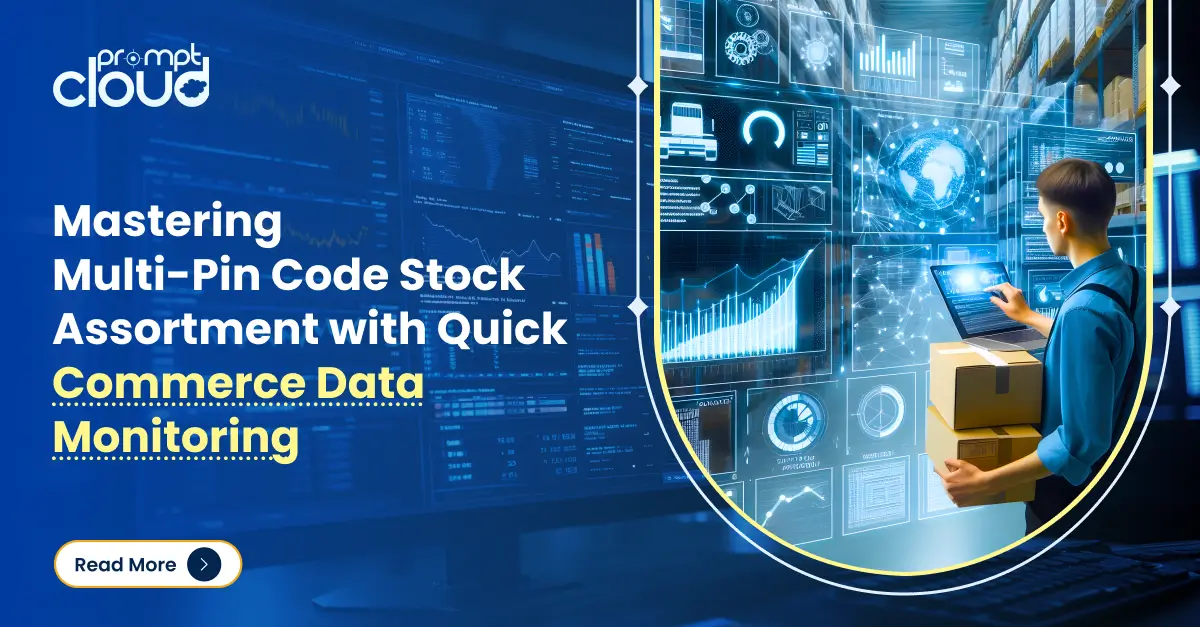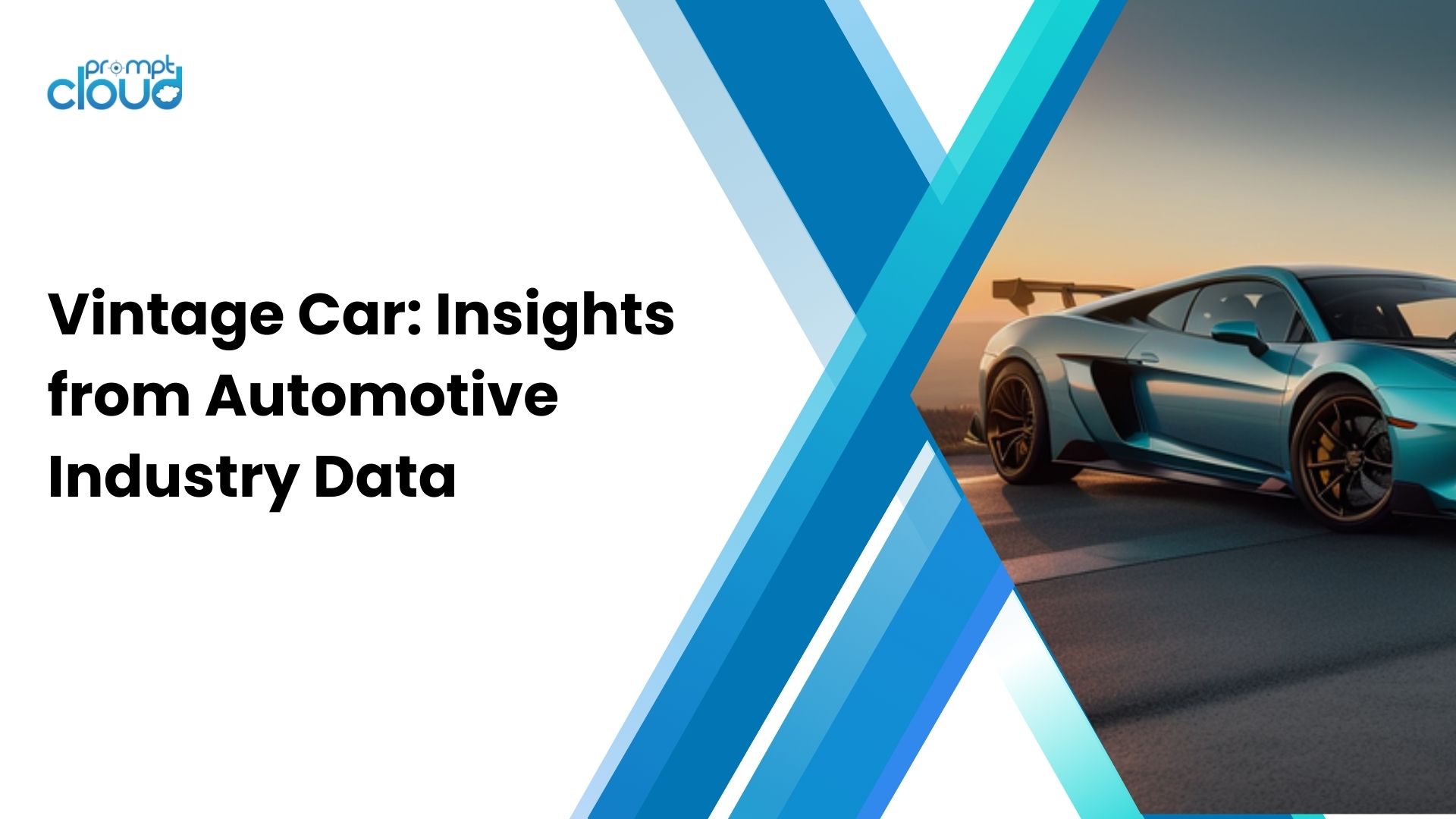Tamara Dull is the Director of Emerging Technologies for SAS Best Practices, a thought leadership organization at SAS Institute. Tamara has been in the high tech industry for more than 30 years, and has held positions in enterprise training, consulting, software development, marketing, IT, product, and executive management.
She uses her unique blend of data-rich experience, market understanding and technical prowess to educate and entertain tech professionals on various topics including big data, privacy, and the Internet of Things. Some of her popular publications are A Non-Geek’s Big Data Playbook: Hadoop and the Enterprise Data Warehouse, What Marketers Need to Know About Big Data Privacy: A 5-Step Guide and The Big Data eBook: A Tale of Customer Loyalty and Going SoLoMo. Earlier this year she was listed as #18 on the Big Data 2016: Top 100 Influencers and Brands list.
If you are struggling to choose the right software and services for your business, G2 shares the list of the best data warehouse software.
Recently, we got in touch with Tamara to have a quick conversation about the future of cloud technology, its implication on data and key challenges for business growth. She also spoke about an interesting application of streaming analytics, her favorite IoT product and gave pointers on web data acquisition.
We enjoyed taking this interview, and we’re sure that our readers are going to love the insights shared by Tamara.
[PromptCloud] Tell us about your fascination with IoT and big data. What does your day look like as the Director of Emerging Technologies at SAS Best Practices?
[Tamara] What’s not to love about big data and IoT?! I could have never imagined that when I started working with data many, many moons ago that it would take on this leading role on the technology stage. With my focus on these emerging technologies, I have to admit that I’m both exhilarated and exhausted each day. There’s so much to learn, watch, and talk about – and I don’t want to miss anything. And I don’t want others to miss anything. Hence, I spend my time trying to deliver a simpler, pragmatic message around what’s going on in this space. This Einstein quote helps drive my approach: “If you can’t explain it simply, you don’t understand it well enough.”
[PromptCloud] As data is moving to cloud, we’re witnessing growth in cloud-based analytics and BI services (SAS Viya is also a step in that direction). What do you think will be the next wave of transformation in cloud and data space?
[Tamara] I’ve got my eye on edge (or fog) computing. As more “things” get connected, data will continue to grow exponentially. The ability to analyze all this data when we want (now or later) and where we want (nearby or far away) will be a game changer for many companies. The traditional approach of storing/processing/analyzing data on-premises or even in the cloud will no longer be good enough in this new digital economy.
[PromptCloud] It has been three years since SAS launched Event Stream Processing; also many other streaming analytics platforms have emerged in the last few years. In this context, are you observing any application of streaming analytics in IoT?
[Tamara] There are many examples to draw from, but the application I’m personally looking forward to will come from Volvo. [Disclaimer: I’m a Volvo loyalist; I’m on my 4th Volvo.] Volvo has always been about safety—i.e., keeping their riders safe and keeping their cars out of collisions. Like other car makers, they’re investing heavily in the connected car. Not only are they focused on the connection between the car and its riders, but also the connection between all Volvo cars on the road. For example, if one Volvo car hits a rough, icy patch, it will then warn other Volvo cars in the vicinity. This is streaming analytics in action!
[PromptCloud] What are the key barriers for enterprises to deploy cloud and big data at the center of growth strategy?
[Tamara] From a technology standpoint, I see four key barriers/showstoppers: integration, standards, privacy, and security. Yes, there are more, but I firmly believe that if these four areas aren’t addressed properly, a company can kiss growth goodbye. But even more important than the technology is the people. You’ve got to get the people part right. Sure, this new technology is exciting and has the ability to rock a company’s world, but we can’t forget the real rock stars of the company: its employees. Put them at the center of your big data growth strategy.
[PromptCloud] What can marketers do to leverage the full potential of IoT and location-based real-time analytics?
[Tamara] The first question a marketer needs to answer as she considers IoT opportunities is: What business problem are you trying to solve? And whatever business problem you want to tackle with IoT data, make sure it ties back to a corporate strategy. If a marketer misses this step, the chances of success will be greatly diminished.
[PromptCloud] What would be your advice to the companies looking to acquire web data for data analyses?
[Tamara] The beauty of today’s big data technologies is that they allow us to mix-&-match all sorts of data sets at a fraction of the cost and time of traditional technologies. Companies have been renting/buying data sets from data brokers for a long time, and now they have access to a lot more open, public data sets. The first three things I would want to know about any external data set is its lineage, quality, and recency – especially if you plan to mix-&-match it with internal data. I’m a firm believer in GIGO (garbage in, garbage out); it applies to data, too.
[PromptCloud] In 2017, what should we look forward to from SAS? Any exciting new solution?
[Tamara] You mentioned it earlier: SAS Viya. This is the next generation of SAS analytics. I’m excited to watch how our customers take their analytics experience to the next level with Viya.
[PromptCloud] What’s your favorite IoT product? According to your imagination, what could be a dramatic future of IoT?
[Tamara] I’m having a lot of fun with Alexa (Amazon Echo) right now. I’m using “her” to help transition my “dumb” home to a “smart” home. I love being able to control my home through voice commands instead of always having to call up an app on my smartphone. I’m looking forward to the day when I can intelligently move through my home without Alexa or my apps. It will just know.




















